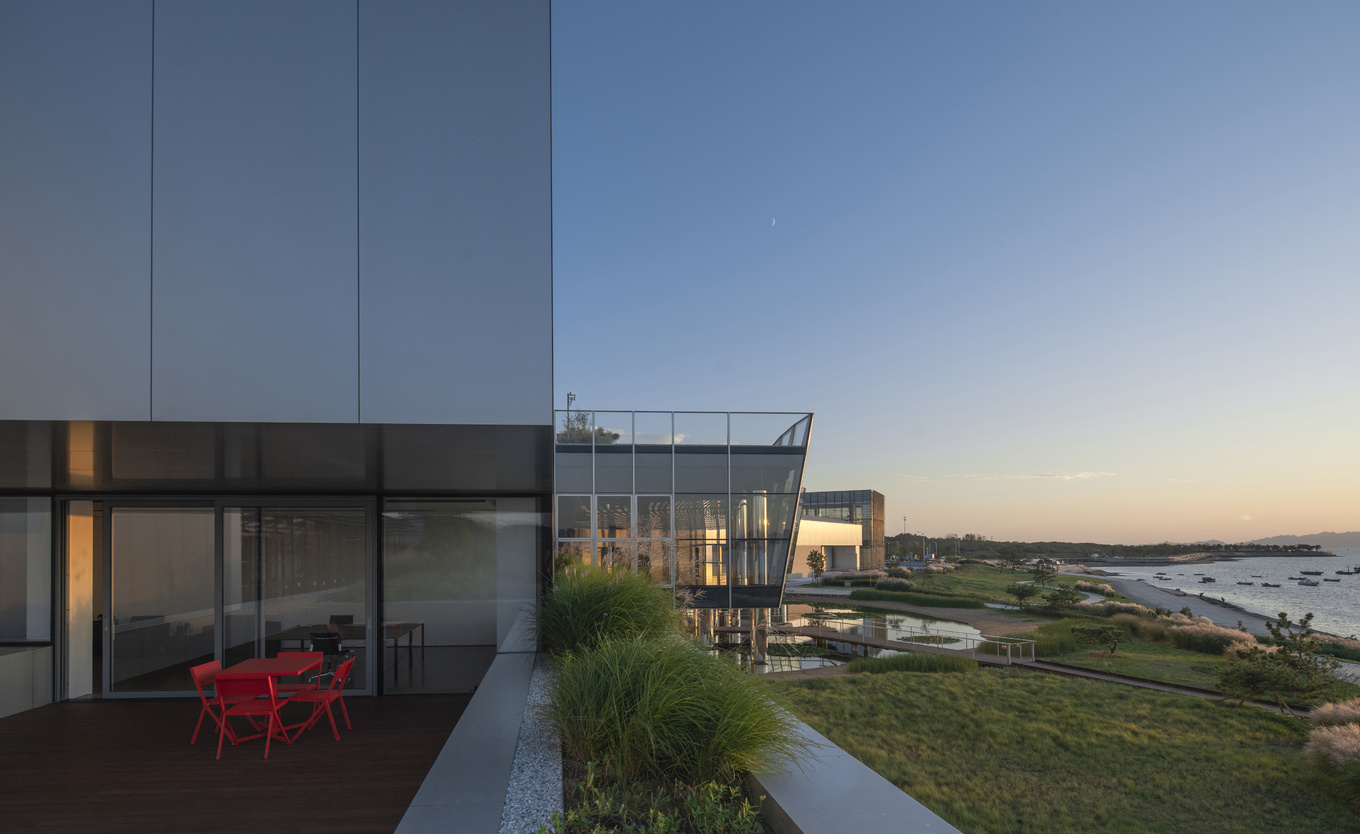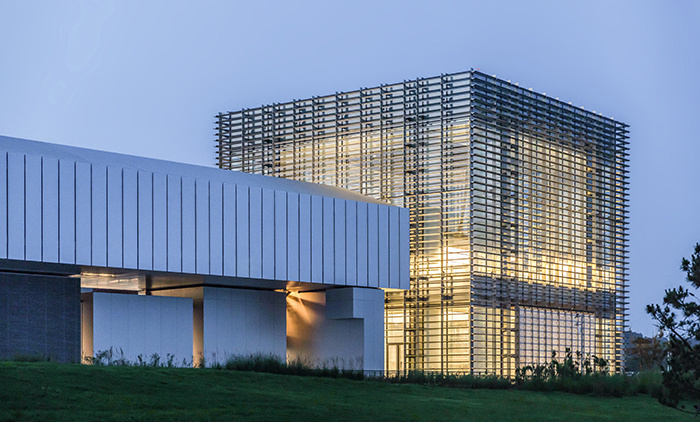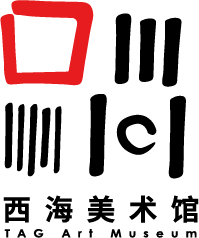TAG Art Museum was founded in 2019, it is a non-profit art organization certified by the national civil affairs department. Located at the south bank of Tangdao Bay, West Coast New District, Qingdao, the construction area of TAG Art Museum is 17,000 square meters, 12 exhibition halls built along the coast. Out of the exhibition galleries, there is a 1,200-meter coastline, 80,000-square-meter greening, 28 public art display spots, a 500-meter corridor and 8 lakes, all these make TAG Art Museum owns a unique coastal spirit and exhibition support of both inner space and outer space. The richness and openness of the interior and exterior space of the art museum bring the possibility of display diverse art forms and culture contents.

With the gesture of welcoming new era and future, TAG Art Museum focuses on both local and global, and integrates academics, exhibitions, education and collections. It is committed to the promotion and development of modern and contemporary art. Through cross-cultural and cross-media artistic innovation and expression, it presents the public with traditional and contemporary high-quality exhibitions, and extends the public's interaction and new understanding of art through fashion and design, music and performance and other activities. While pursuing the surpassing of existing art museums types in the global development of contemporary art, TAG makes itself a mirage-like cultural field that mirrors reality yet full of illusionary fantasy.
Through its unique residency projects, TAG Art Museum commissions artists to create the work especially, to explore the multiple collisions between art and ocean, nature and architecture, present non-duplicable art collections, and generate new art energy. The exhibition, musical, performance, public education projects, and workshops that come with the residency projects will all become the emotional bonds between the museum and citizens.
TAG Art Museum is the major component of an international comprehensive art community -- The Artists' Garden, it is an organic combination of exhibition spaces, resident spaces and art commerce. It will affect people from different fields and ages with its open, positive gesture, inject endless vitality into the city’s development.

Architecture and Nature of TAG Art Museum
TAG Art Museum is designed by Jean Nouvel, a famous French architect with joint hand of French landscape architect Gilles Clément. This project is also the debut of these two world-class masters.
Jean Nouvel brings the aesthetics of light and shadow into full play in his design. The façades of the museum widely use glass and anodized alumina, these materials make the architecture of the art museum integrate with the bay scenery and the natural sky light. With 234 pieces of giant ultra-white glass in a total weight of 240 tons, he builds a huge exhibition hall with a height of 22 meters and a volume of 10,000 cubic meters, there are 15 hanging spot on the lifting ceiling, the hanging weight capability of the roof is 15 tons, and the maximum bearing capacity of the ground is 0.5 tons per square meter, which can meet the display needs of large scaled art works; the 100 meter exhibition corridor has 43 exquisite windows which can be opened according to light conditions and air volume are inlaid in this 800 square meters venue; the 860-square-meter multi-function hall is a venue for academic activities, product launching, fashion shows and even citizen’s wedding; Nouvel using the open windows in order to bring in the outer scenery and the corridors in between exhibition halls can also be used as displaying area for sculptures or installation art; the auditorium designed by international profession team can hold musical, theatre, films, performing art and multi-media display...12 exhibition spaces could fulfill the needs of art in all forms and scales.

TAG Art Museum is surrounded by oceans and mountains. The landscape architecture Mr. Gilles Clément elaborately creates a secret garden on the roof of the TAG Art Museum, as many as 27 species of plants are planted. He keeps the harmonious relationship among the coast, the sea, and the garden with reasonable logic, and applies his unique garden concept to the landscape design of the art museum. Mountains, bay, fields, buildings, and corridors become the main elements and pattern of the landscape, which fully embodies the concept of respecting the natural ecology, and can be regarded as the model of ecological cultural architecture.

A walking path connects the inner and outer space of the museum, visitors can wander to the art shop, the cafe, the bar, the gardens, and other public leisure spaces while admiring the art exhibitions, encounter art at any unexpected moment, enjoy the all-sensors immersive artistic life. The integration of architecture and nature, the harmony in between art and scenery, the beauty of the city landscape that enhanced by natural light, all these together form a continuous conversation between humans, ocean, architecture, and art. Holding the theme of “contemporary art accelerates city development”, TAG Art Museum will become a field that lets open all one’s senses, as well as a never-ending contemporary art architecture exhibition.


